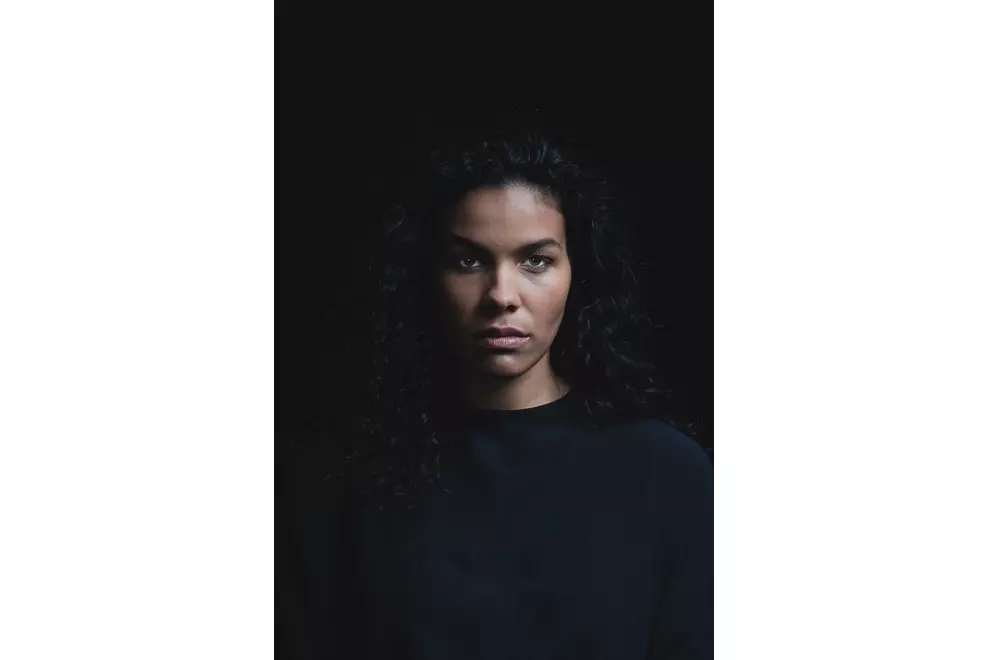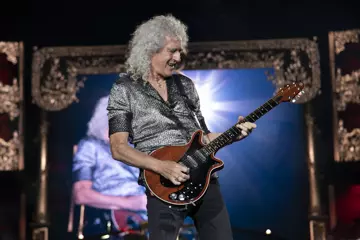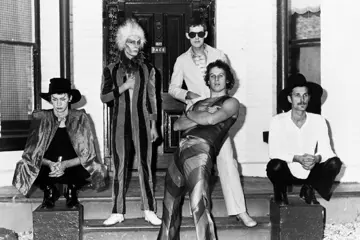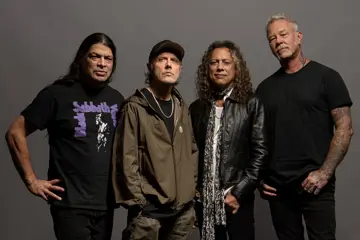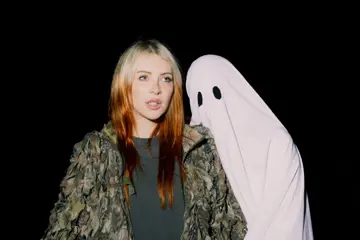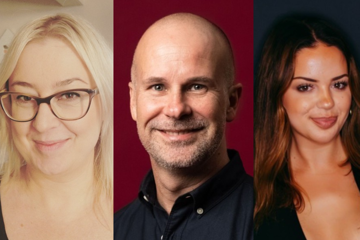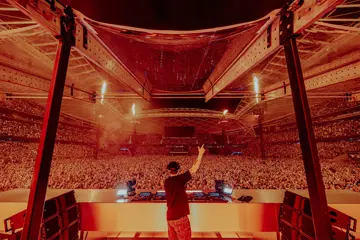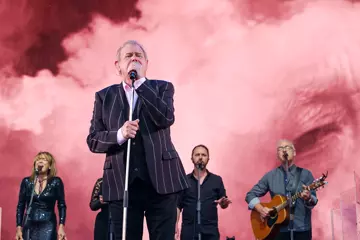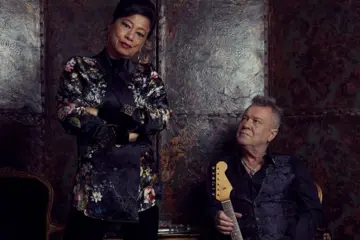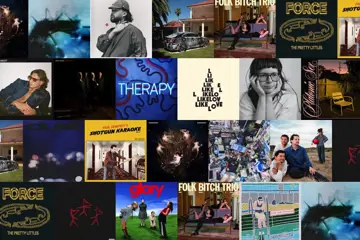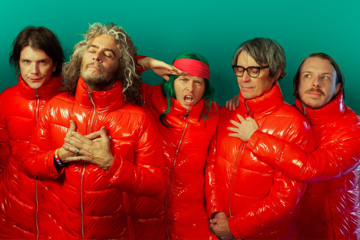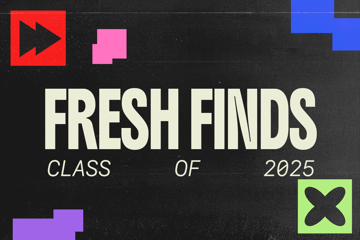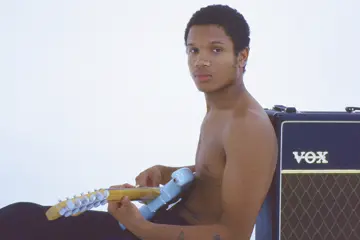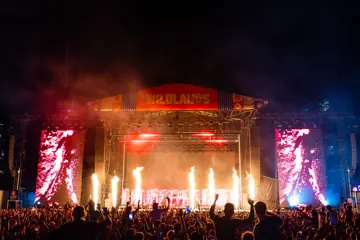Kenneth Cook’s debut 1961 novel Wake In Fright has long provided a fascinating insight into the Australian psyche, and how we perceive Australianness, and in particular, Australian masculinity.
The story of schoolteacher John Grant, who on his way home to Sydney for Christmas finds himself trapped and penniless in the fictional mining town of Bundanyabba in remote western NSW, was adapted into a film in 1971 by Canadian director Ted Kotcheff, starring Gary Bond, Chips Rafferty and Donald Pleasance.
Beloved by Nick Cave, the film was thought lost for over 20 years, with prints in extremely poor condition, before its original negatives were found marked for destruction and imminent disposal in a Pittsburgh vault in 2002, after a long cross-continental search.
Made into a TV miniseries in 2017, Wake In Fright has been reinterpreted as a one-woman play for Malthouse Theatre – touring to the Sydney Opera House in February 2020 – by theatre-maker Declan Greene, in collaboration with actor Zahra Newman, and with sound design from Melbourne-based electronic duo friendships.
Don't miss a beat with our FREE daily newsletter
Both Greene and Newman believe the work asks questions about what being an Australian means, and how Australia understands itself, drawing connections to the way we treat the ‘Other’, whether refugees or First Nations peoples.
“It feels like there's a lot of contemporary questions that can sort of be linked to it about how Australia sees itself, a sense of who belongs here and who doesn't belong here and how you define what a true Australia is and what a true Australian is,” Greene begins. “As soon as you start recognising Bundanyabba as a microcosm of Australia itself, the central question of the text is, 'What are the terms by which John Grant is granted sanctuary there?' And, 'What does he have to give up in order to be accepted into this civic body?'"
Talking to The Music around the time of the election, with Prime Minister Scott Morrison speaking about "keeping the promise of Australia to all Australians", Greene flags the way politicians attempt to play into public perceptions about what it means to be Australian.
"I just think there's so much rhetoric around at the moment about who is a real Australian and who isn't, particularly in terms of migration and immigration. I feel like you see it so much in the election at the moment, just kind of a lot of politicians attempting to harken back to the true values of this country and the really bizarre cognitive dissonances, or contradictions, that crop up when you have a politician like Scott Morrison – this career blue-blood politician wearing a suit with hi-vis – trying to choke back a schooner of beer. [There's] the idea that politicians make those appeals to the mainstream populace because they feel that they work in some way. And they must also work in some way, because there's still 50%, or close to, in Australia voting for Scott Morrison, or voting for the Libs. We actually are able to digest those symbols side by side even though they're completely contradictory and I find that really interesting."
Newman notes that little about our conception of what being an Australian is has changed since the release of the novel in the early ‘60s, or the film ten years later.
“The face of Australia has changed since those times, and yet our relationship as Australians to what it means to be an Australian hasn't really shifted."
“I feel we can read those texts and they can ring true and resonate really strongly today,” Newman muses. “The face of Australia has changed since those times, and yet our relationship as Australians to what it means to be an Australian hasn't really shifted. Maybe it has in political discourse, people talk about it a lot, but it doesn't feel that way – the cultural memory hasn't shifted.
“I hope that the show illuminates that and gets people ruminating on the ways in which we may be taking part in and upholding a version of Australia that's not necessarily true to the way it actually is right now. “
She points to the way the novel and their adaptation explores not only our understanding of our national identity, but Australia’s “relationship to a land that has been colonised, and a land that refuses to conform to a colonial desire”.
“I really hope [our production] engenders a conversation around the difficulty and challenges that Australia has in its history and in its own identity,” Newman says. “As a person who’s immigrated to Australia, I've always found it really fascinating, Australia's relationship to its own identity, its relationship to its Indigenous history and culture, and this sort of shouting from the rooftops: 'We're a multicultural country, we're multicultural!' Methinks he doth protest too much sometimes.”
While a success at Cannes, the film Wake In Fright fared poorly at the domestic box office – a fact attributed in part to Australian audiences finding it distasteful to see themselves presented in such a disturbing way, its horror described by late film critic Roger Ebert as “human and brutally realistic”.
“I love that story about when it had one of its first screenings in Australia at the end of it somebody stood up and yelled out, 'That's not us,'” Greene continues.
“I think for me that throws up a question about how Australia sees itself and the contradiction that exists in our culture about particular values that are held to be Australian, like generosity and hospitality, that everybody in Bundanyabba seems very certain that they practise. And then the reality of that, because we have actually proven that we are not a terribly hospitable or generous nation, certainly when it comes to aiding vulnerable people.
“You see that reflected in Wake In Fright as well: nobody ever gives John Grant a job or any kind of ongoing support, all he's really given is beer which is more a gesture of assimilation and going, 'This is what men do here,' and, 'This is what people do here in this town,’ and, ‘This makes us comfortable,' more than actually helping him in any way.”
In the novel, Grant is a schoolteacher from Sydney working in Bundanyabba – his urban perspective is the “lens of the outsider”: “We’ve reimagined what that outsider means today,” Newman says. “I guess that’s reflected in my casting, casting a woman of colour to be the vessel through which we explored Australian masculinity and blokeyness, and Australian identity.”
Newman and Greene brought their own understandings and experiences of Australian identity and masculinity to the text, Greene as a queer person, and Newman as a woman of colour who emigrated from Jamaica to Australia at 15 years old: “There seems to be certainly from Declan, an openness to really use those personal experiences as a launching pad for some interesting content,” says Newman.
“There are particular resonances that Zahra feels,” Greene says, “because she's somebody that came to Australia at the age of [15], and did go through a process where she had to ask herself a lot of questions about the terms by which she decides to slot into Australia and how she does that and what parts of her she leaves behind and what parts of her that she changes in order to make that comfortable. A lot of those things felt very, very relevant, or have ended up informing the take on the text.”
To get at the heart of Wake In Fright, Greene says he and Newman returned to the novel as their source text, deliberately moving away from the film’s position in the popular imagination. They approached the story in a fresh way by discarding “particular images that have become cliched”.
“For instance, in our version of it, Zahra never drinks a beer on stage ever. It's sort of described or the presence of alcohol is obviously right there – it drives the narrative – but we don't have her sucking down pint glasses or anything like that on stage.“
“For instance, in our version of it, Zahra never drinks a beer on stage ever."
They’re eschewing the “really strong cultural references” associated with Wake In Fright – alcohol, gambling, kangaroo hunting – in favour of a move to what Newman calls “classic storytelling”: “You know, microphone, performer, direct to audience, broken fourth walls kind of stuff.
“[Our adaptation] feels like a new exploration," she shares. "I'm really excited about this work because it feels risky – it feels like it'll either be really interesting or we might not crack it. I have no idea if it's gonna work or if what we're trying to blow open is actually gonna manifest. I have a lot of faith in Declan, of course, and I trust him, but that risk feels good, it feels good as an artist.”
Greene has the same confidence in Newman, who performs as everything all at once: the narrator, John Grant, and all the other characters in the play: “It's a huge ask and the kind of thing you only do if you have a really virtuosic performer who can create a whole world in that way, but that's exactly what Zahra is.”
Inspired to finally adapt Wake In Fright for theatre, an idea that had long been in the back of his head, after listening to Melbourne electronic outfit friendships' album, Nullarbor 1988-1989, Greene describes the album's spoken word tracks as sounding "like they emerge from that Bundanyabba kind of consciousness".
"There's this mixture of larrikinism and something much more terrifying crawling underneath the surface," he says, adding that their music led him to the idea of creating the work as an "aural experience", focused on language and voice. From there, friendships' sound design for the production becomes, according to Greene, “another character in the space”: “The [composition is] actually the character of the ‘Yabba.”
“The play's ended up being almost like a duet for performer and sound,” Greene says. “What Nic [Brown, from friendships, has] really gone into this with, and I think is doing a really exciting amazing job of, is using the sound to create change in the actor. The sound, sometimes it coddles, sometimes it pushes back, sometimes it attacks, but it's all really, really active. It's not just atmospheric sound or anything like that, it's not just scoring something to make you feel a particular way, like make the audience feel sad or emphasise something in a way that makes them feel dreamy or anything like that.”
“Having a solo performer that responds to sound in the space as a character I think is also a form that is interesting, [and one] that you don't often get to do,” Newman adds.
It’s another part of the production that doesn’t necessarily cohere with cultural ideas of what Wake In Fright, or outback Australia, should sound like – Greene describes friendships’ music as “very dark electronic music” that will help the audience to understand the work in a new way.
“Their sound as a music outfit is completely different to any expectation you would have of how Wake In Fright would sound,” Greene affirms. "It doesn't sound like Central Australia or Broken Hill or an outback mining town or anything like that; their sound is really challenging, very contemporary electronic music.”

